#water in africa
Explore tagged Tumblr posts
Video
youtube
Morning RoutIne In My Vlillage Macingwane | Collecting Water from Our Borehole
Start the day with me as I share my morning routine in Macingwane #myvillage in #plumtree #Zimbabwe where we collect fresh water from our borehole a common practice in many families here. Discover the benefits of borehole water, from its delicious taste to its natural purity, and learn how a borehole works. Even though running water is available, the borehole remains a beautiful tradition in the village. #MorningRoutine #BoreholeWater #VillageLifeZimbabwe #Macingwane #bulawayo Morning RoutIne In My Vlillage Macingwane. Collecting Water from Our Borehole Plumtree Zimbabwe
#youtube#zimbabwe#my village#african village#village#rural village#village life#missdivalicious#plumtree#plumtree zimbabwe#bulawayo#morning routine#plumtree bulawayo zimbabwe#water#water in africa#collecting water#borehole#borehole water
1 note
·
View note
Text
"Namibia is the driest country in Sub-Saharan Africa, and home to two of the world’s most ancient deserts, the Kalahari and the Namib. The capital, Windhoek, is sandwiched between them, 400 miles away from the nearest perennial river and more than 300 miles away from the coast. Water is in short supply.
It’s hard to imagine life thriving in Windhoek, yet 477,000 people call it home, and 99 per cent of them have access to drinking water thanks to technology pioneered 55 years ago on the outskirts of the city. Now, some of the world’s biggest cities are embracing this technology as they adapt to the harshest impacts of climate change. But Namibia leads the way.
How did this come about? In the 1950s, Windhoek’s natural resources struggled to cope with a rapidly growing population, and severe water shortages gripped the city. But disaster forced innovation, and in 1968 the Goreangab Water Reclamation Plant in Windhoek became the first place in the world to produce drinking water directly from sewage, a process known as direct potable reuse (DPR).
That may sound revolting, but it’s completely safe. Dr Lucas van Vuuren, who was among those who pioneered Windhoek’s reclamation system, once said that “water should not be judged by its history, but by its quality”. And DPR ensures quality.
This is done using a continuous multi-barrier treatment devised in Windhoek during eight years of pilot studies in the 1960s. This process – which has been upgraded four times since 1968 – eliminates pollutants and safeguards against pathogens by harnessing bacteria to digest the human waste and remove it from the water. This partly mimics what happens when water is recycled in nature, but Windhoek does it all in under 24 hours...
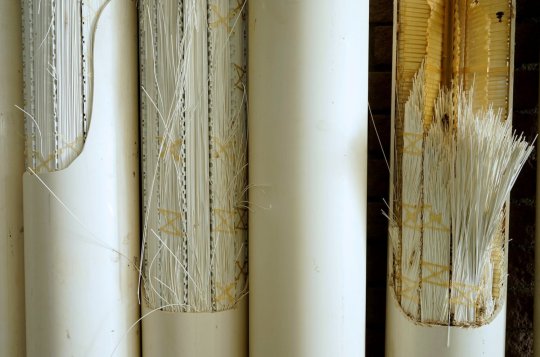
Pictured: These ultrafiltration membranes help to remove bacteria, viruses and pathogens. Image: Margaret Courtney-Clarke
“We know that we have antibiotics in the water, preservatives from cosmetics, anti-corrosion prevention chemicals from the dishwasher,” Honer explains. “We find them and we remove them.”
Honer adds that online instruments monitor the water continuously, and staff ensure that only drinking water that meets World Health Organisation (WHO) guidelines is sent to homes. If any inconsistencies are detected, the plant goes into recycle mode and distribution is halted until correct values are restored.
“The most important rule is, and was, and always will be ‘safety first’,” says Honer. The facility has never been linked to an outbreak of waterborne disease, and now produces up to 5.5m gallons of drinking water every day – up to 35 per cent of the city’s consumption.
Namibians couldn’t survive without it, and as water shortages grip the planet, Windhoek’s insights and experience are more important than ever.
Interest from superpowers across the globe
In recent years, delegations from the US, France, Germany, India, Australia, Singapore, and the United Arab Emirates have visited Windhoek seeking solutions to water shortages in their own countries.
Megadrought conditions have gripped the US since 2001, and the Colorado River – which provides 40 million people with drinking water – has been running at just 50 per cent of its traditional flow. As a result, several states including Texas, California, Arizona and Colorado are beginning to embrace DPR.
Troy Walker is a water reuse practice leader at Hazen and Sawyer, an environmental engineering firm helping Arizona to develop its DPR regulations. He visited Windhoek last year. “It was about being able to see the success of their system, and then looking at some of the technical details and how that might look in a US facility or an Australian facility,” he said. “[Windhoek] has helped drive a lot of discussion in industry. [Innovation] doesn’t all have to come out of California or Texas.”

Pictured: The internal pipes and workings of Namibia's DPR plant. As water becomes scarcer in some parts, countries are looking to DPR for solutions. Image: Margaret Courtney-Clarke
Namibia has also helped overcome the biggest obstacle to DPR – public acceptance. Disgust is a powerful emotion, and sensationalist ‘toilet to tap’ headlines have dismantled support for water reuse projects in the past. Unfortunately, DPR’s biggest strength is also its biggest weakness, as the speed at which water can re-enter the system makes it especially vulnerable to prejudice, causing regulators to hesitate. “Technology has never been the reason why these projects don’t get built – it’s always public or political opposition,” says Patsy Tennyson, vice president of Katz and Associates, an American firm that specialises in public outreach and communications.
That’s why just a handful of facilities worldwide are currently doing DPR, with Windhoek standing alongside smaller schemes in the Philippines, South Africa and a hybrid facility in Big Spring, Texas. But that’s all changing. Drought and increased water scarcity worldwide are forcing us to change the way we think about water.
Now, the US is ready to take the plunge, and in 2025, El Paso Water will begin operating the first ‘direct to distribution’ DPR facility in North America, turning up to 10m gallons of wasterwater per day into purified drinking water – twice as much as Windhoek. San Diego, Los Angeles, California, as well as Phoenix, Arizona are also exploring the technology."
Of course, DPR is not a silver bullet in the fight against climate change. It cannot create water out of thin air, and it will not facilitate endless growth. But it does help cities become more climate resilient by reducing their reliance on natural sources, such as the Colorado River.
As other nations follow in Namibia’s footsteps, Windhoek may no longer take the lead after almost six decades in front.
“But Windhoek was the first,” Honer reminds me. “No one can take that away.”"
-via Positive.News, August 30, 2023
#namibia#africa#desert#water shortage#water conservation#dpr#potable water#water recycling#clean water#drought#united states#colorado river#science and technology#sanitation#good news#hope
2K notes
·
View notes
Text

“Coconut water: Drink of the gods.”
#coconut#water#drinks#drink#ghanians#ghana#art#artist#albert sackey art#albertsackeyart#albertayebisackey#life#love#colour#africa#west africa#accra#fresh#tropical#tropics#photographer#photographs#photography#iphonography#fine art#plants#tree#nature#natural#organic
334 notes
·
View notes
Text

Black Crake (Zapornia flavirostra), family Rallidae, order Gruiformes, Limpopo, found in much of Sub-Saharan Africa
photograph by Mike Haworth
561 notes
·
View notes
Text
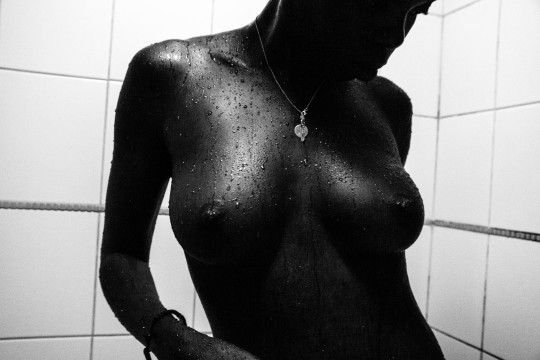
#africa#original photography#black and white#shower#water#high contrast#dark skin#melanin#african woman
464 notes
·
View notes
Text

#oshungoddess#oshun#santeria#candomble#yoruba#ifa#aesthetic#atr#african traditional religions#orishas#ogun#hoodoo#african spirituality#afro witch#witches of color#west africa#florida water#oxum#keys#yellow flowers#iron#altar#my altar#offerings#blessings
149 notes
·
View notes
Photo
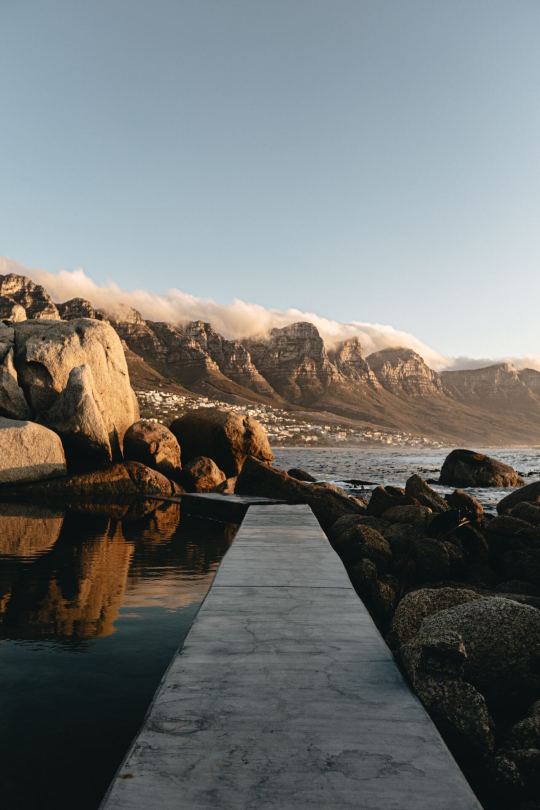
(by Timo Wielink)
#vertical#landscape#x#a#watsf#curators on tumblr#Timo Wielink#cape town#south africa#dock#water#mountain#rocks#path
2K notes
·
View notes
Text
Things Biden and the Democrats did, this week #22
June 7-14 2024
Vice-President Harris announced that the Consumer Financial Protection Bureau is moving to remove medical debt for people's credit score. This move will improve the credit rating of 15 million Americans. Millions of Americans struggling with debt from medical expenses can't get approved for a loan for a car, to start a small business or buy a home. The new rule will improve credit scores by an average of 20 points and lead to 22,000 additional mortgages being approved every year. This comes on top of efforts by the Biden Administration to buy up and forgive medical debt. Through money in the American Rescue Plan $7 billion dollars of medical debt will be forgiven by the end of 2026. To date state and local governments have used ARP funds to buy up and forgive the debt of 3 million Americans and counting.
The EPA, Department of Agriculture, and FDA announced a joint "National Strategy for Reducing Food Loss and Waste and Recycling Organics". The Strategy aimed to cut food waste by 50% by 2030. Currently 24% of municipal solid waste in landfills is food waste, and food waste accounts for 58% of methane emissions from landfills roughly the green house gas emissions of 60 coal-fired power plants every year. This connects to $200 million the EPA already has invested in recycling, the largest investment in recycling by the federal government in 30 years. The average American family loses $1,500 ever year in spoiled food, and the strategy through better labeling, packaging, and education hopes to save people money and reduce hunger as well as the environmental impact.
President Biden signed with Ukrainian President Zelenskyy a ten-year US-Ukraine Security Agreement. The Agreement is aimed at helping Ukraine win the war against Russia, as well as help Ukraine meet the standards it will have to be ready for EU and NATO memberships. President Biden also spearheaded efforts at the G7 meeting to secure $50 billion for Ukraine from the 7 top economic nations.
HHS announced $500 million for the development of new non-injection vaccines against Covid. The money is part of Project NextGen a $5 billion program to accelerate and streamline new Covid vaccines and treatments. The investment announced this week will support a clinical trial of 10,000 people testing a vaccine in pill form. It's also supporting two vaccines administered as nasal sprays that are in earlier stages of development. The government hopes that break throughs in non-needle based vaccines for Covid might be applied to other vaccinations thus making vaccines more widely available and more easily administered.
Secretary of State Antony Blinken announced $404 million in additional humanitarian assistance for Palestinians in Gaza, the West Bank and the region. This brings the total invested by the Biden administration in the Palestinians to $1.8 billion since taking office, over $600 million since the war started in October 2023. The money will focus on safe drinking water, health care, protection, education, shelter, and psychosocial support.
The Department of the Interior announced $142 million for drought resilience and boosting water supplies. The funding will provide about 40,000 acre-feet of annual recycled water, enough to support more than 160,000 people a year. It's funding water recycling programs in California, Hawaii, Kansas, Nevada and Texas. It's also supporting 4 water desalination projects in Southern California. Desalination is proving to be an important tool used by countries with limited freshwater.
President Biden took the lead at the G7 on the Partnership for Global Infrastructure and Investment. The PGI is a global program to connect the developing world to investment in its infrastructure from the G7 nations. So far the US has invested $40 billion into the program with a goal of $200 billion by 2027. The G7 overall plans on $600 billion by 2027. There has been heavy investment in the Lobito Corridor, an economic zone that runs from Angola, through the Democratic Republic of Congo, to Zambia, the PGI has helped connect the 3 nations by rail allowing land locked Zambia and largely landlocked DRC access Angolan ports. The PGI also is investing in a $900 million solar farm in Angola. The PGI got a $5 billion dollar investment from Microsoft aimed at expanding digital access in Kenya, Indonesia, and Malaysia. The PGI's bold vision is to connect Africa and the Indian Ocean region economically through rail and transportation link as well as boost greener economic growth in the developing world and bring developing nations on-line.
#Thanks Biden#Joe Biden#us politics#american politics#Medical debt#debt forgiveness#climate change#food waste#Covid#covid vaccine#Gaza#water resources#global development#Africa#developing countries
182 notes
·
View notes
Text
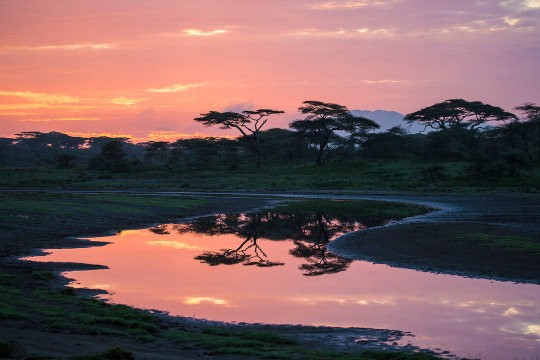
Serengeti National Park
#Serengeti National Park#africa#pink#green#photography#nature#trees#water#landscape#sunset#pink clouds#pink sky#clouds#sky#river#pastel#nature photography#Aesthetic#curators on tumblr
2K notes
·
View notes
Text
" Untitled " // © Minds in the Water
Music: © Jonna Jinton - Song For the Earth
#South Africa#nature#Seascape#Oceanscape#Waves#Water#Dive#reels#photography#aesthetics#wanderlust#explore#follow#discover
99 notes
·
View notes
Text










When 2 of my faves on different soaps meet & hook up.
Elite's Ivan spent some time in South Africa in S4 of Blood & Water and had fun with Puleng. 💋 🥂 🪷 🌺
(I enjoyed it for what it was, a fun fling that was mostly unproblematic and angsty especially compared to their other romantic relationships. They didn't try to make it more than it was considering Ivan's limited time at Parkhurst but they definitely found something special and appreciated in each other. Good chem too.)
#romance#netflix#elite#blood and water#elite netflix#puleng khumalo#ivan carvalho#fwb#cute#flirty#bw#south africa#cape town#streaming#puleng x ivan#soap opera#drama#new adult romance#kiss#kisses#ama qamata#andre lamoglia#fikile bhele#khosi ngema
128 notes
·
View notes
Text
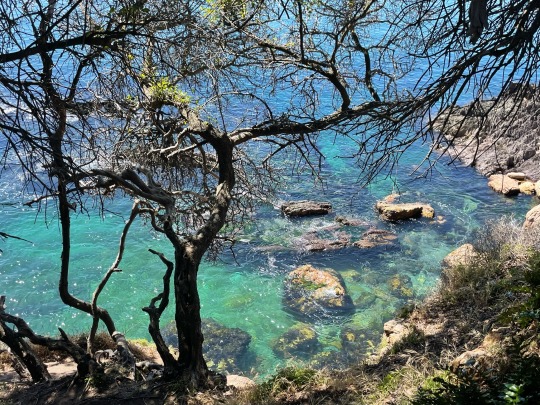

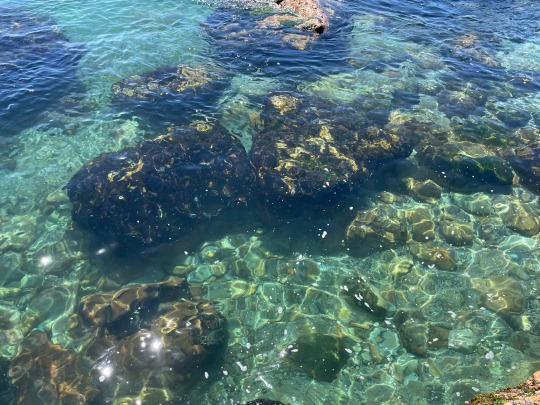

craving a swim and reminiscing 🪼🧜🏼♀️
#naturecore#sea witch#mermaid#mermaid core#h2o just add water#siren core#south africa#siren#mercore#mermaid aesthetic#rockpool#blue waters#beachcore#swimming#summer 2023#tide pools
293 notes
·
View notes
Text

Man making phone call in front of water tower, Mmabatho, South Africa, 1983. Photo by Constance Larrabee.
(Smithsonian)
274 notes
·
View notes
Text



waves in cape town | source
#talos gifs#stim gifs#stim#nature stim#nature#ocean#water#waves#hands free#cape town#south africa#sunny#sunset#gif ids#id in alt
32 notes
·
View notes
Text
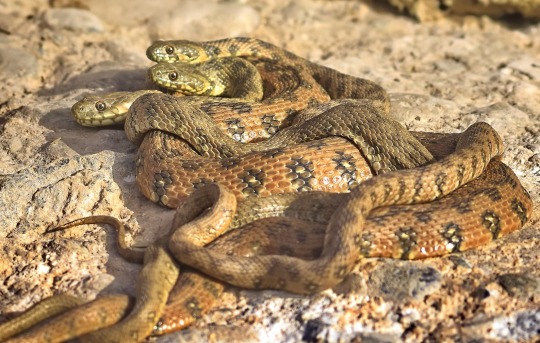
Viperine Water Snakes (Natrix maura) SNUGGLE TIME, family Colubridae, Morroco
photograph by Rabie Atlas
288 notes
·
View notes
Text


Never Doubt God’s Timing
I’m sure Tyla didn’t think ‘water’ was gonna be the song that will put her on the map but she preserved regardless and God rewarded her🩷 This just proves that you should continue posting what you want coz you never know which song / video will go viral
194 notes
·
View notes